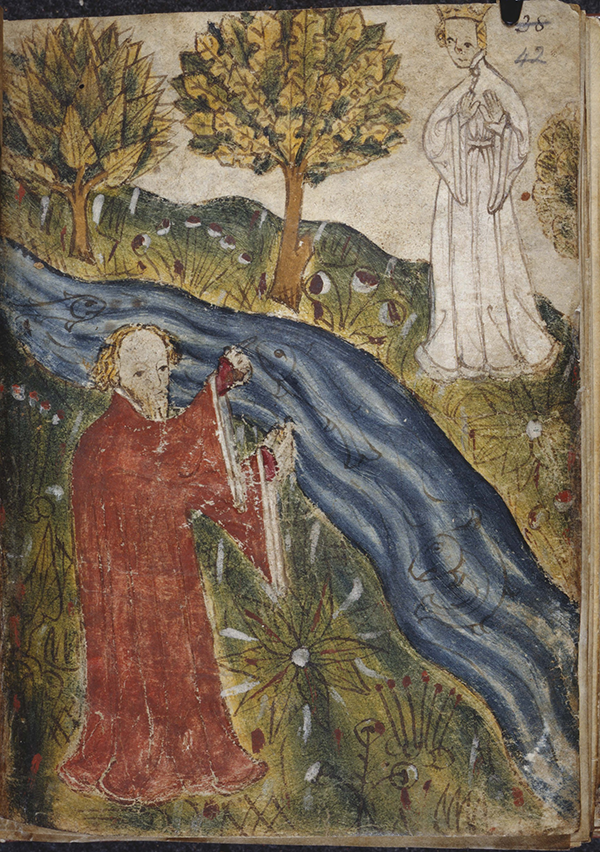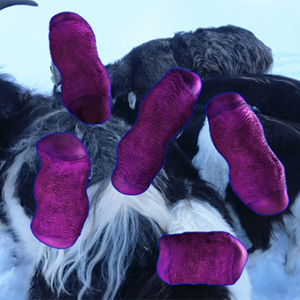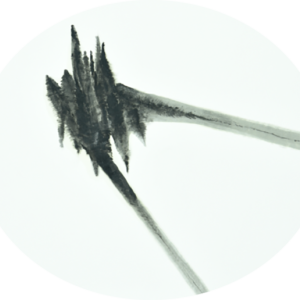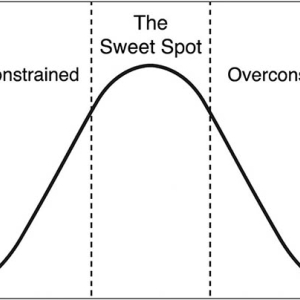
Musical topics, (self-)narrativity and adaptation in my recent composition Pearl
This exposition charts the creation and musical-narrative structure of Pearl, my recent composition for symphony chorus, orchestra, and solo baritone: a setting of extracts from the medieval poem Perle, translated into modern English by Simon Armitage, commissioned as part of the BBC Proms in 2022. Envisioned as a contemporary adaptation of the poem’s historically distant, yet somehow timelessly poignant and continually resonant story, Pearl takes the form of a musical narrative that evokes both past and present, through personal and more universal reflections on the nature of loss, grief, and acceptance. By drawing together analytical techniques taken from musical theories of narrative (principally Byron Almén 2008), musical topics, and the adaptation of narratives across media (Marie-Laure Ryan 2014), with a self-narrative approach to documenting my practice in action (as advocated by Christopher Leedham and Martin Scheuregger 2018), I unpack my creative approach to Pearl in what might be understood as ‘bricolage’ as proposed by Robyn Stewart (2007). Constructing a ‘new story’ through a ‘plurality of approaches’, I adopt Stewart’s methodological eclecticism to theorize and situate the work as a musical narrative. However, through the slippage that occurs between narratology and self-narrativization, Pearl is shown to also mirror and situate my personal artistic experiences as a contemporary practitioner. In response to the recent and ongoing debate about the nature and validity of Practice Research in Composition, the article addresses calls to share the ‘messy, complicated, uncertain, and soft’ (Arthur Bochner 2000) aspects of the artistic process suggesting a more open, and even collaborative, role for the sharing of compositional research.



